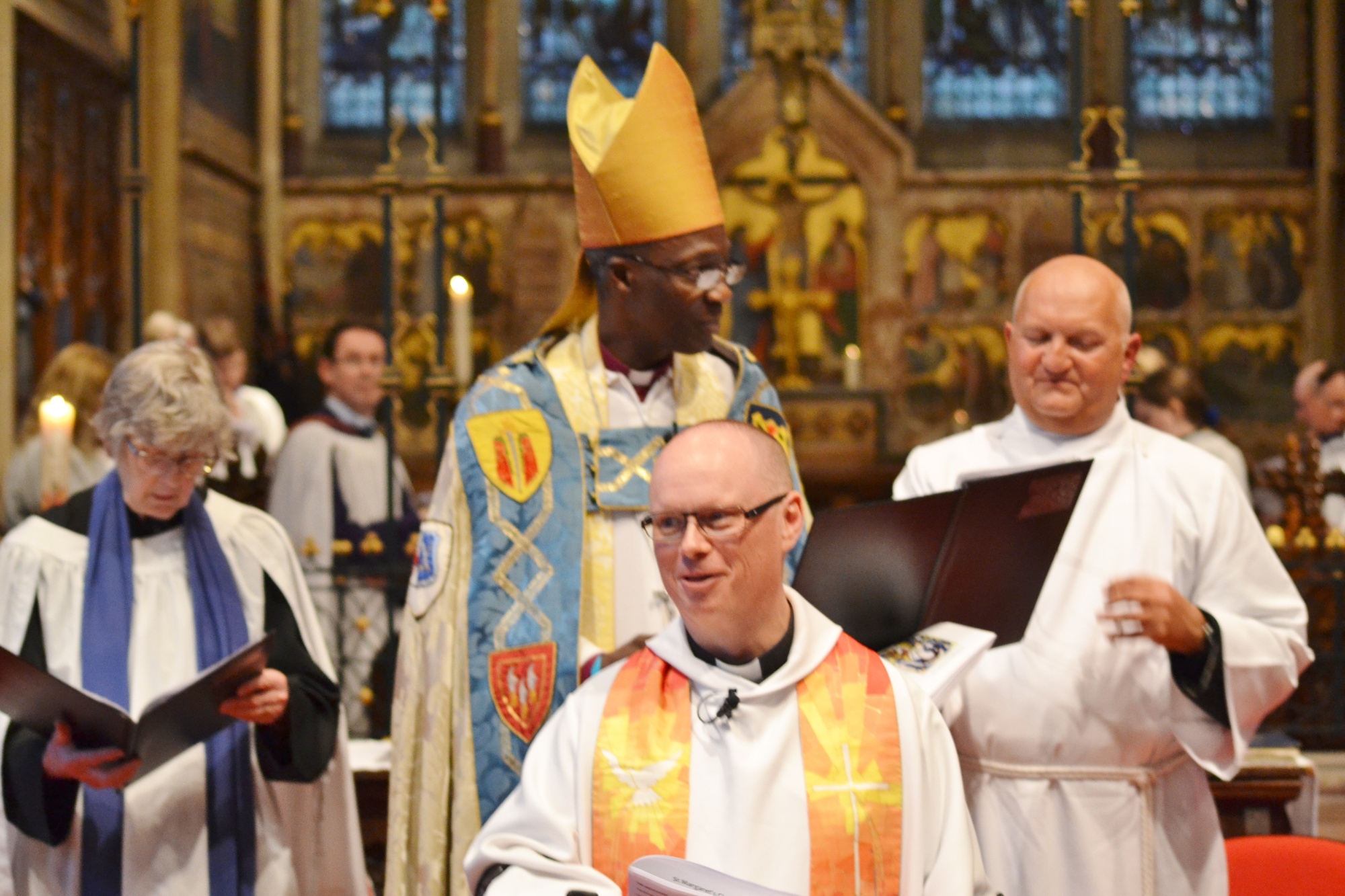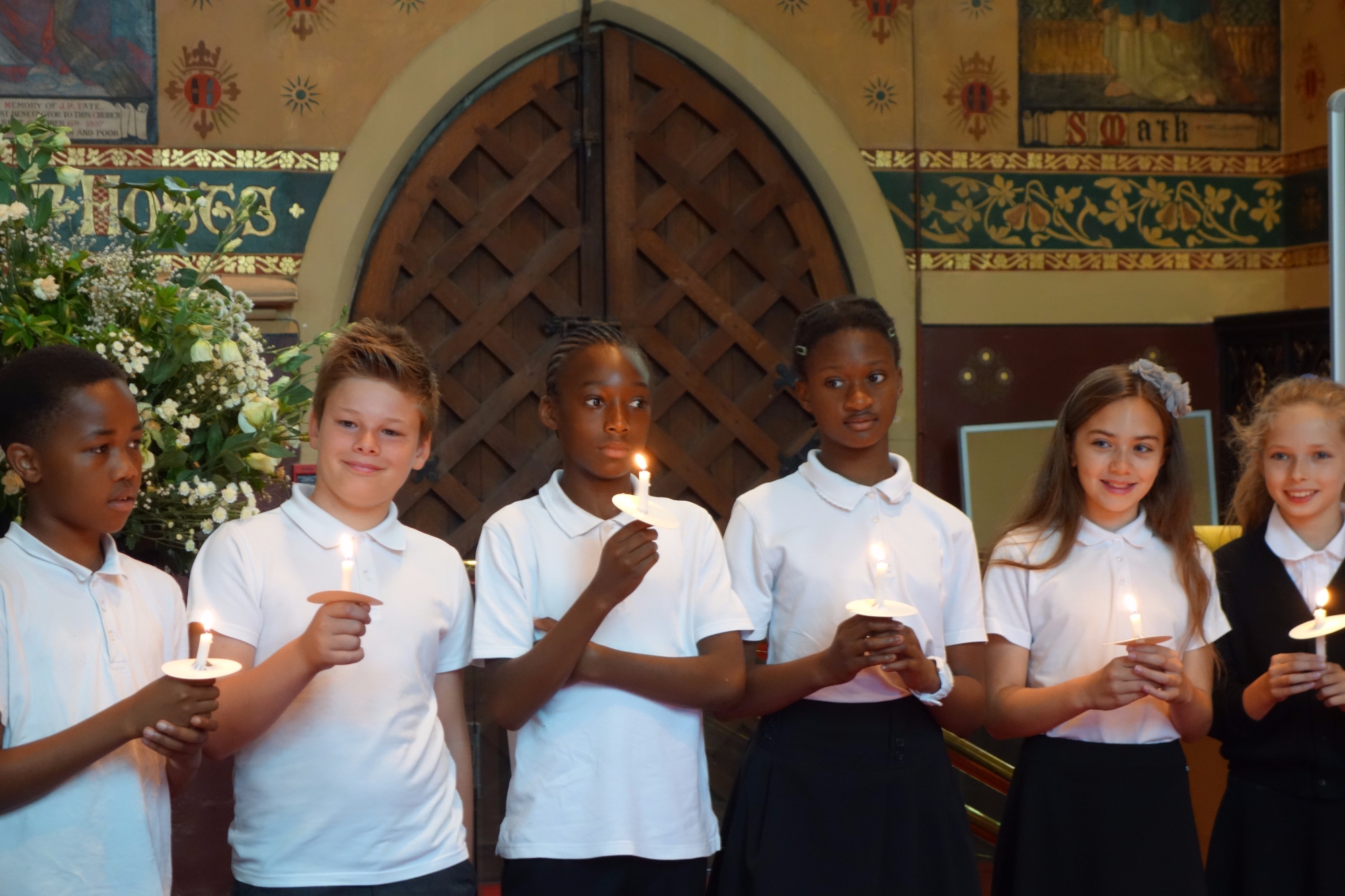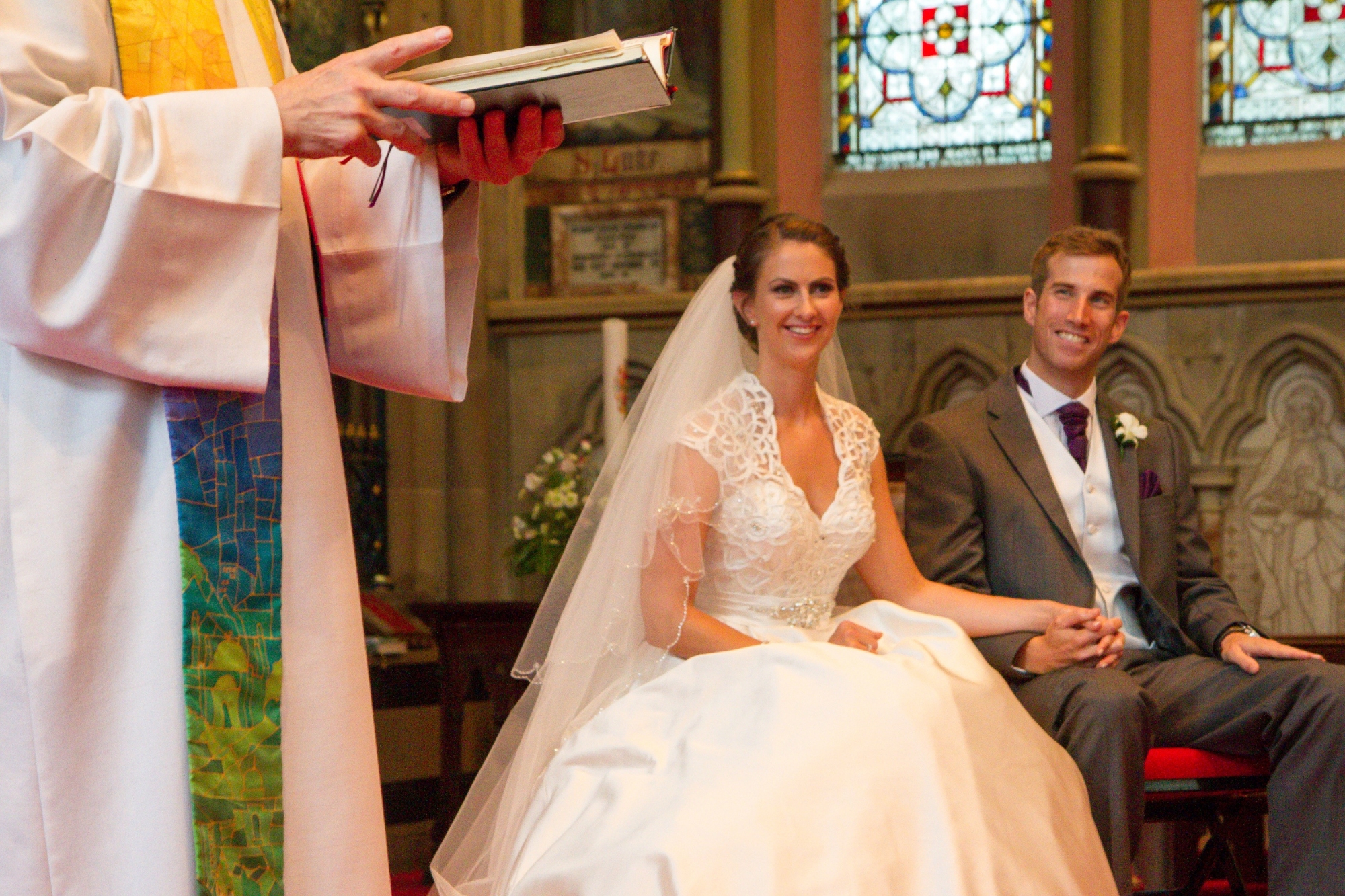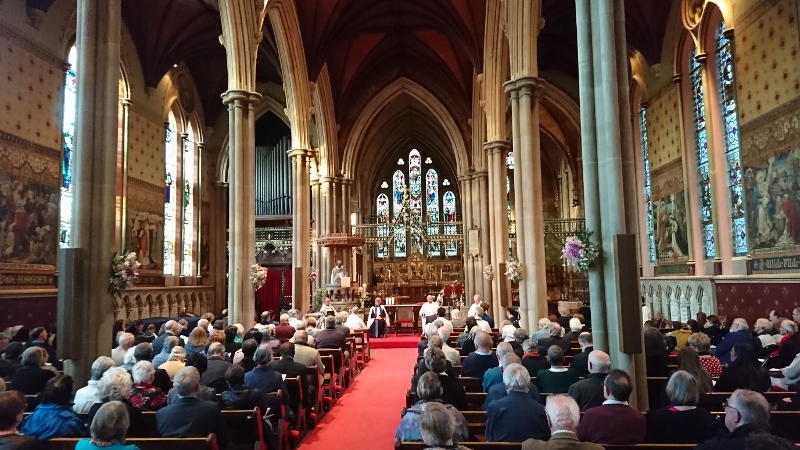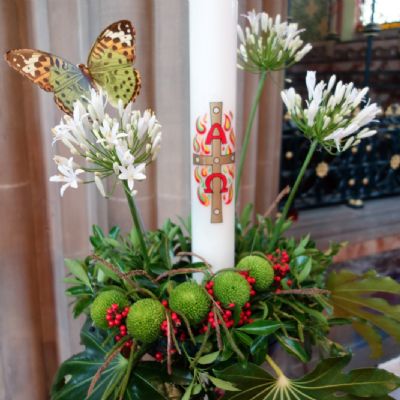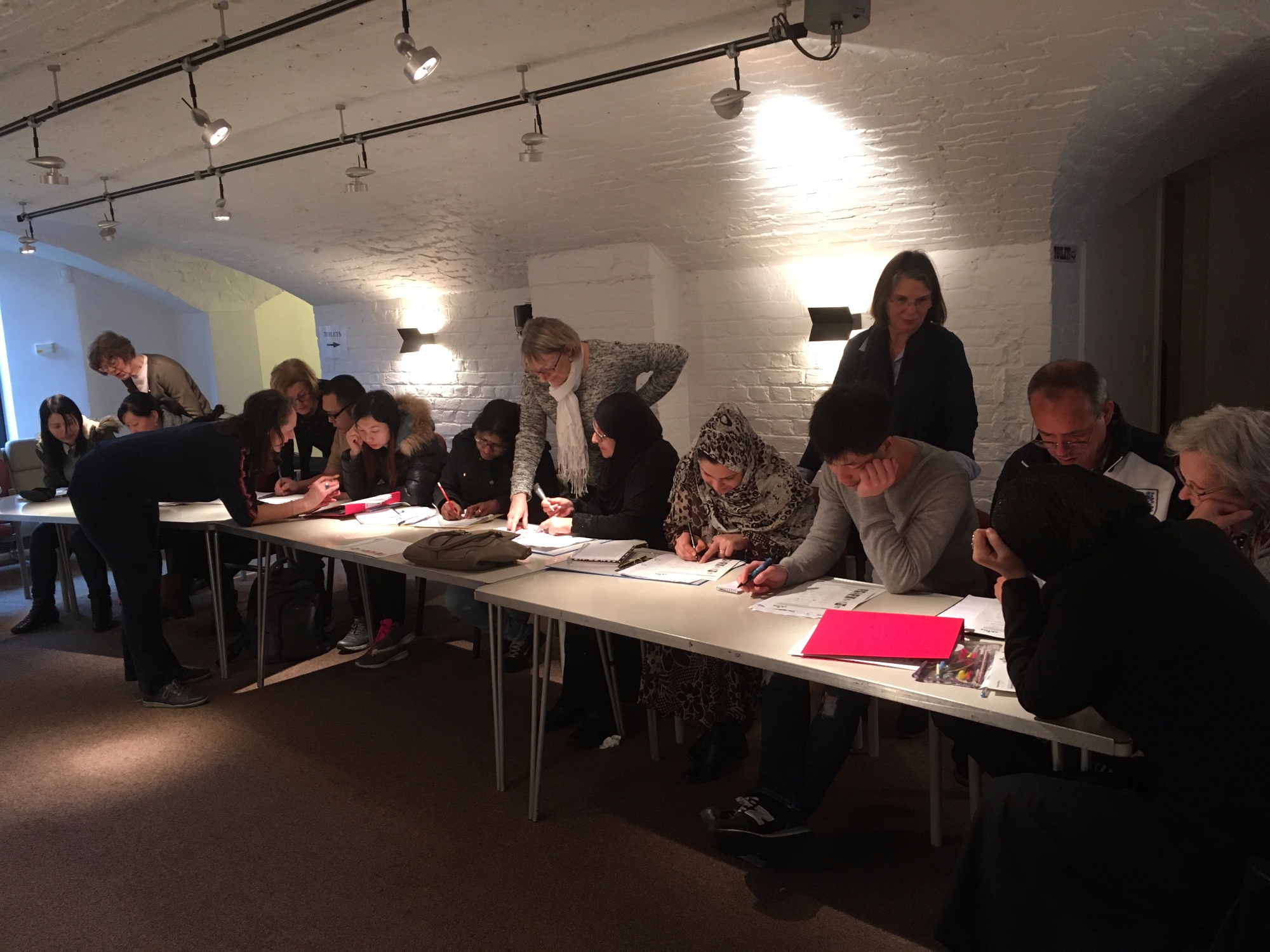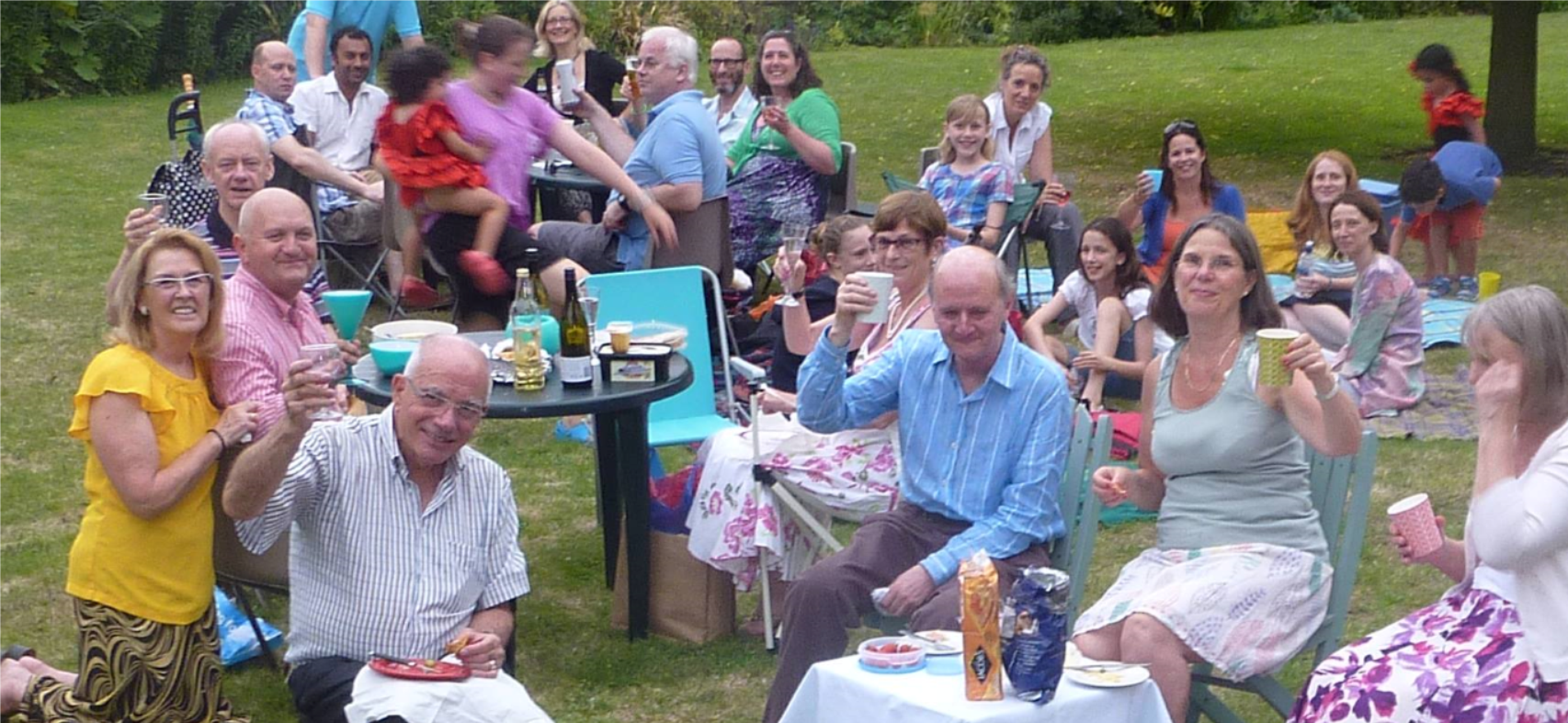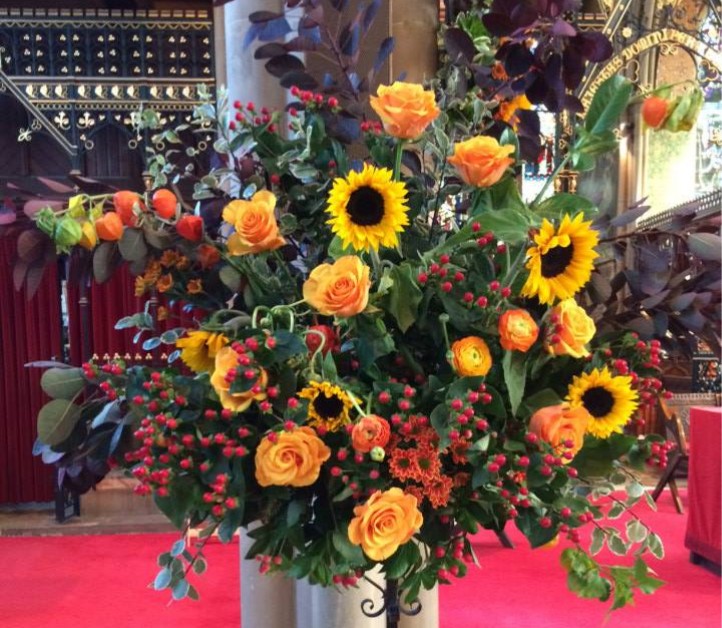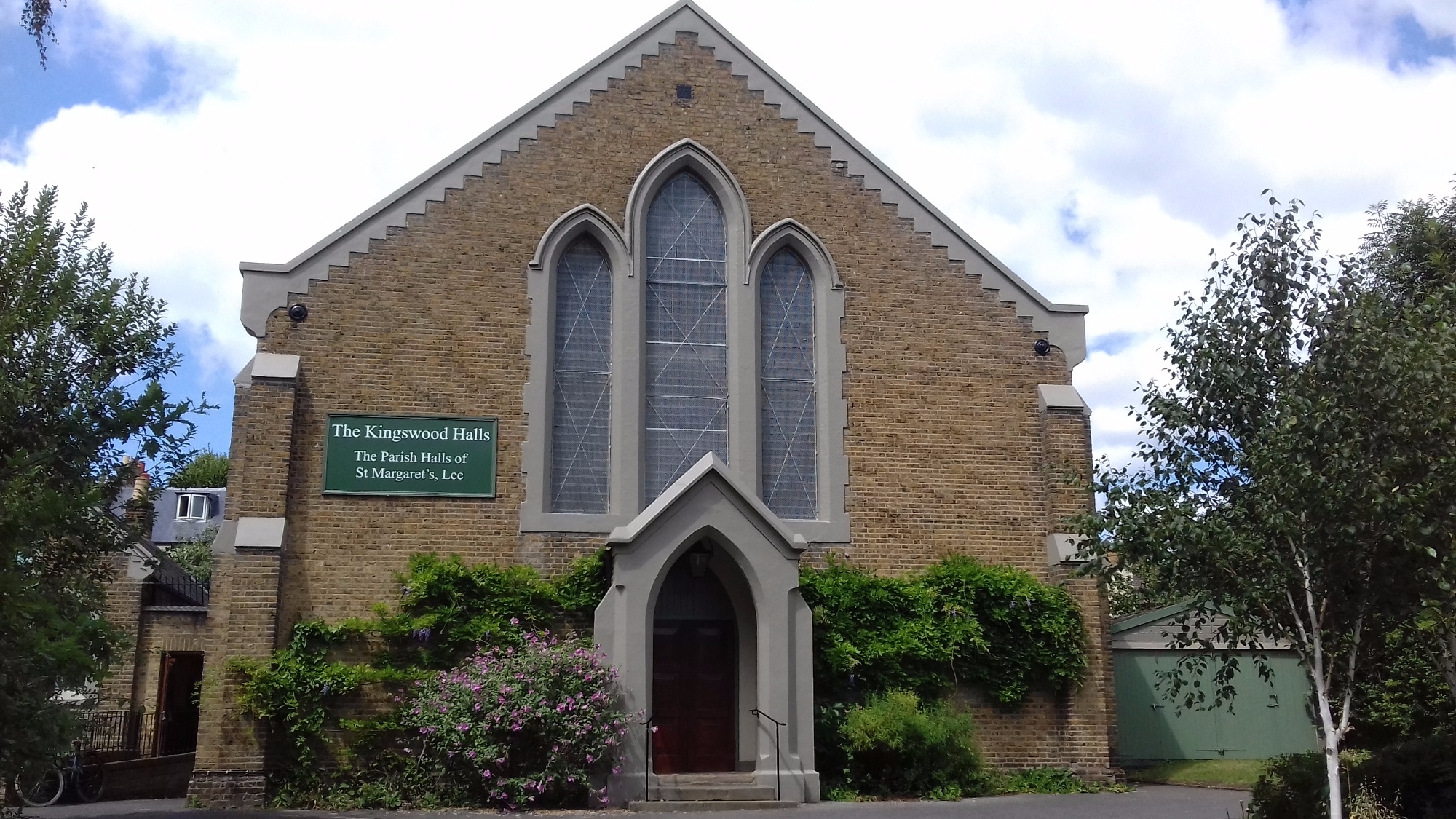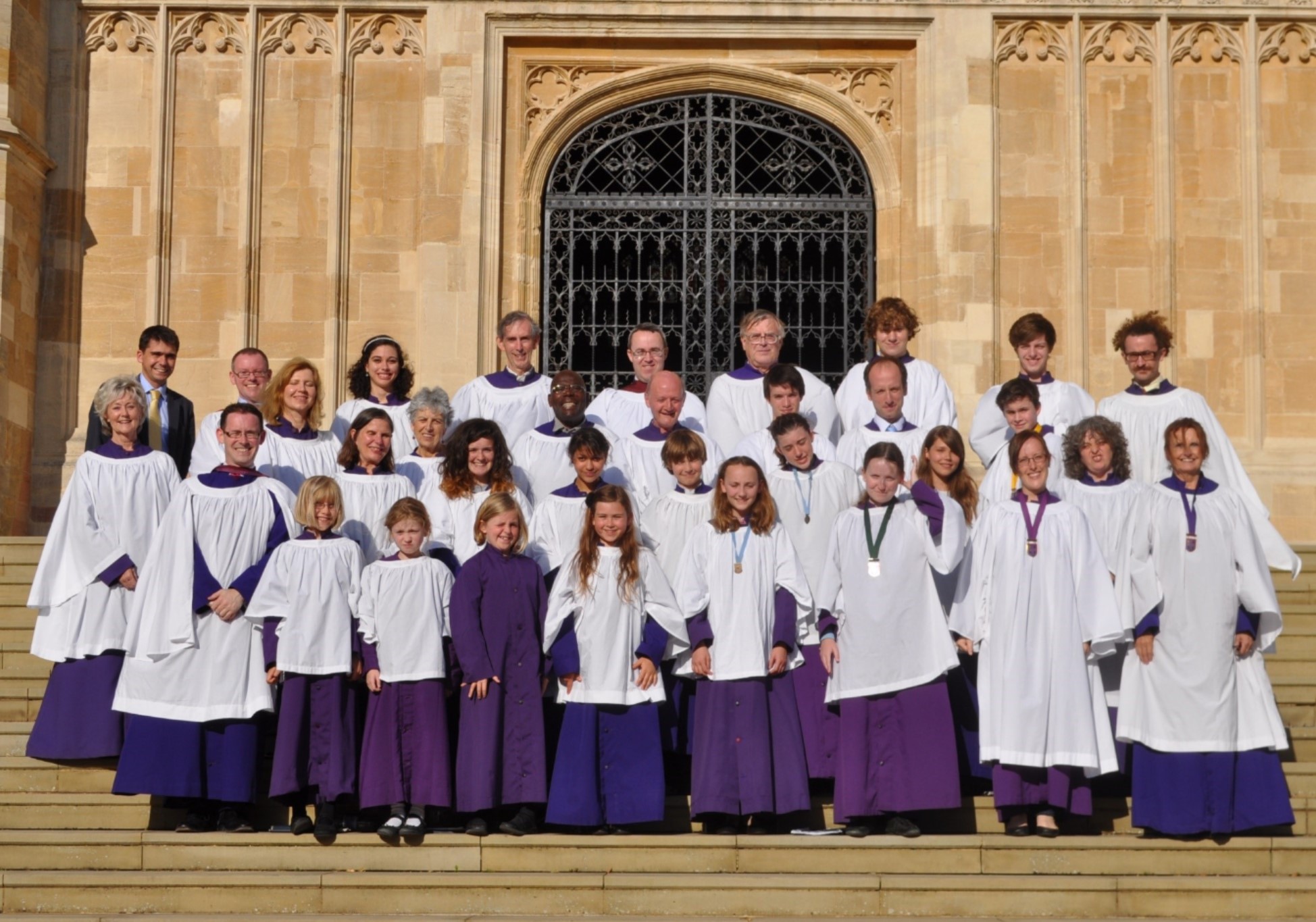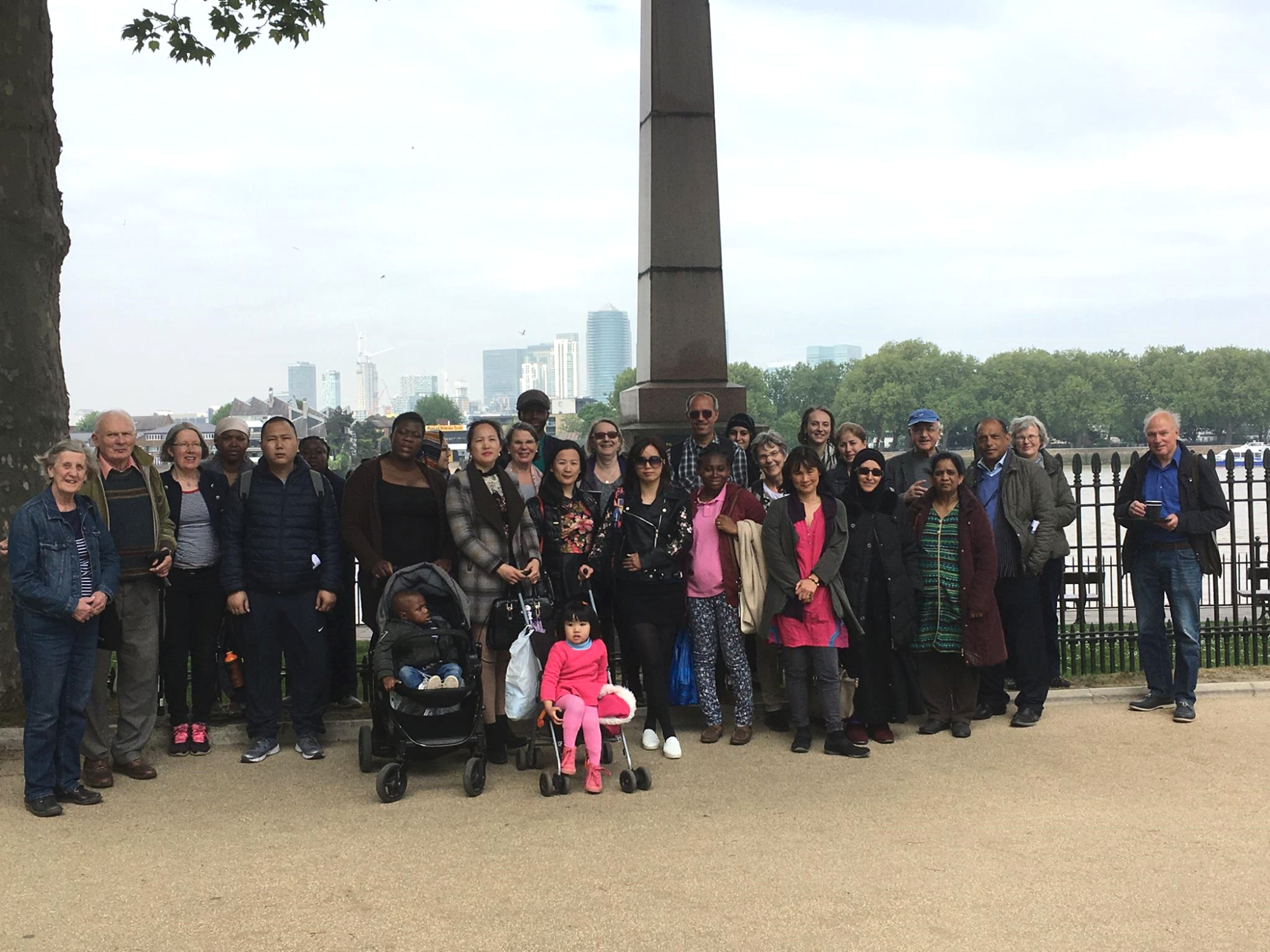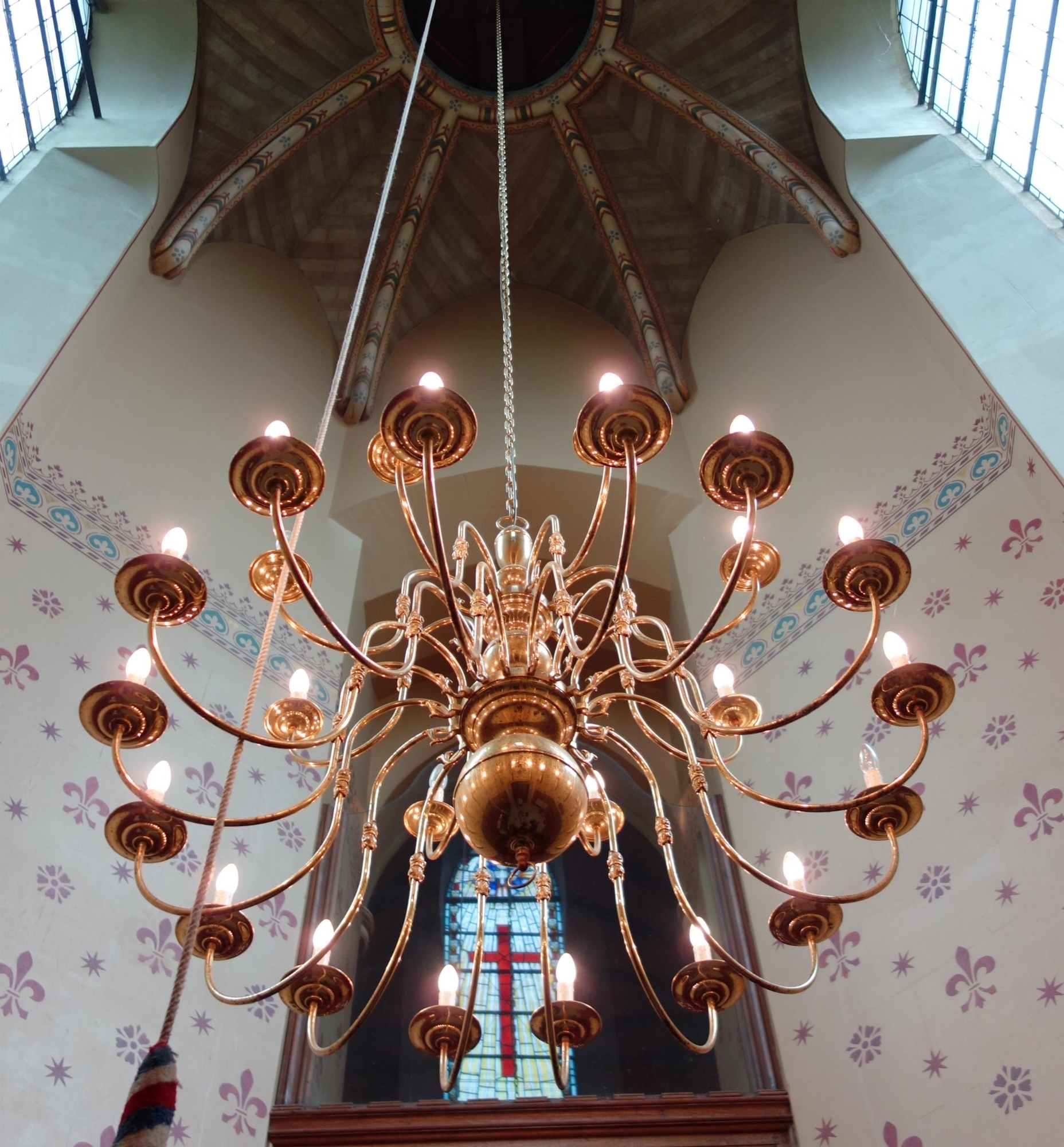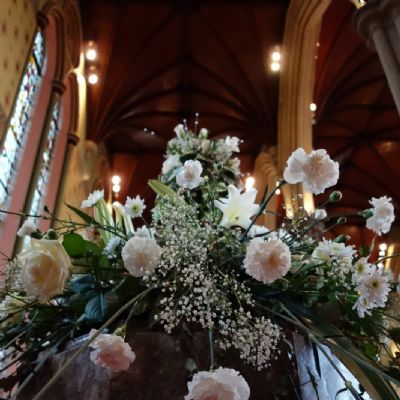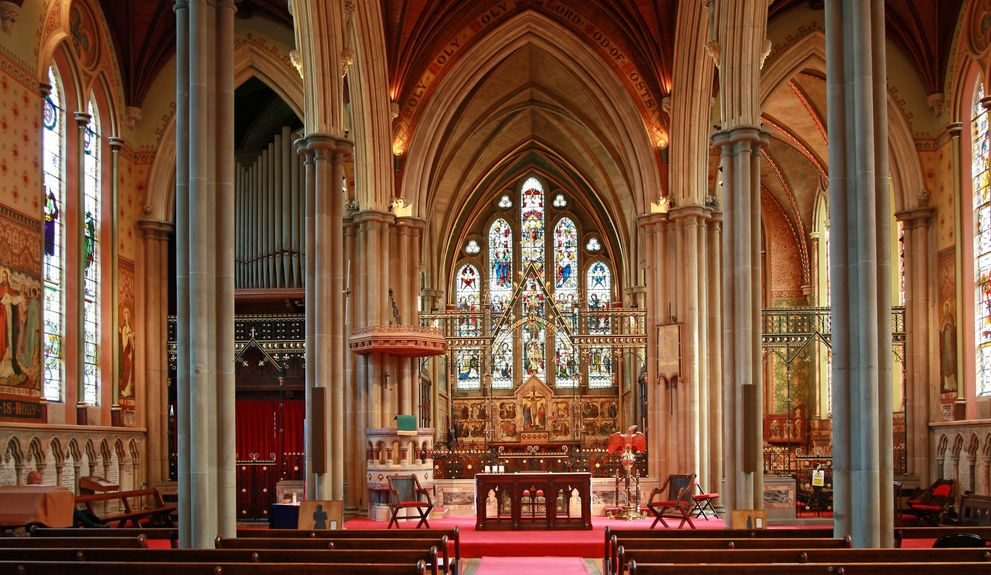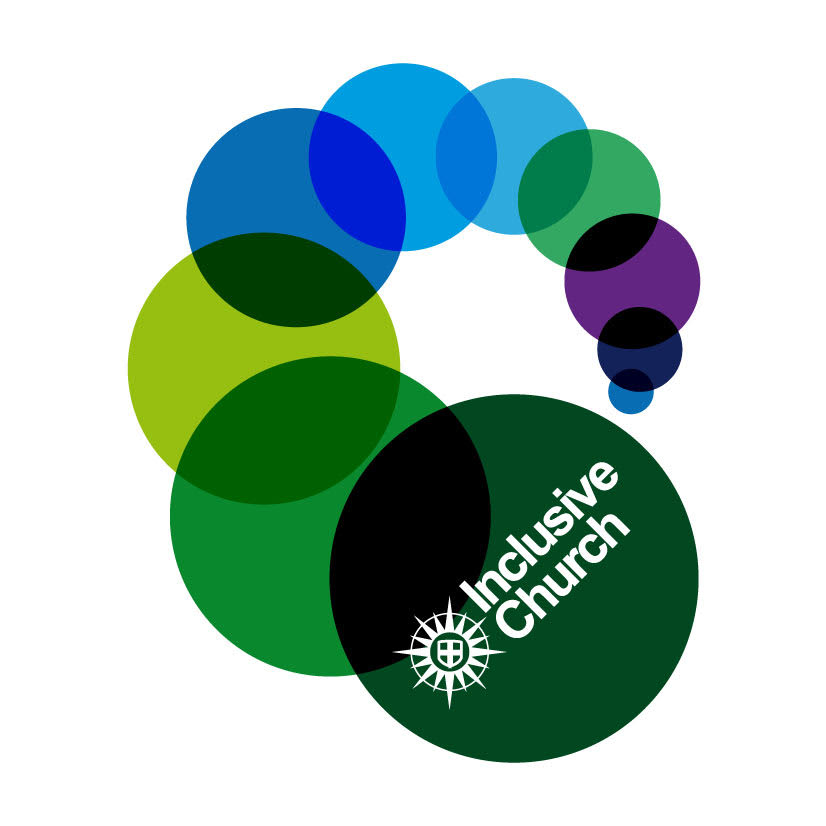11. Old Church and Churchyard
11. Old Church and Churchyard
The earliest reference to a church in Lee is found in a record of Ernulphus, Bishop of Rochester (1115-1124), which reads: "The Church dedicated to St Margaret anciently paid nine pence chrism rent to the mother church of the diocese… in accordance with the English custom of former Bishops”. Thus it is not unreasonable to assume that a pre-conquest church existed, of which all evidence has been lost. Furthermore, the dedication of the church to St Margaret, Virgin Martyr of Antioch, may be significant since she was the favourite saint of Edward the Confessor (1042-1066). Perhaps Alwin, Lord of the Manor of Lee, chose this dedication to express his gratitude to the King for the gift of his title. A mention of a church in the Manor of Lee is also found in the King's Book of Edward I. An entry for 1287 records that “the church was valued at 10 marcs in the Valor of Pope Nicholas”.
The first known church dates from about 1275. It was 56 feet long, built of chalk and flint, with a roof of red tiles, and consisted of a nave and chancel. On the north side, furthest from the road, a small extension, probably designed as a vestry with a room above it, was used at one time as a school for poor children. The window at the east end, above the altar, with 3 lights, probably dated from about 1470. On the south side there were 3 double windows, a Porch and a smaller door. A dormer window above the Porch lit a lofty faculty pew, mounted on pillars, with access up a flight of steps in the tower. The upper portion of the tower, which was built at a later date, had a sundial on its southern aspect and was surmounted by a weather vane. It was equipped with 3 bells, the largest of which was inscribed, "Christopher Hodson made me 1688. Samuel Lewin Esq, Churchwarden”.
The ceiling of the nave was "rudely painted with stars and clouds”, and at the Reformation a pulpit and reading desk were sited on the south side. Until the reign of Edward VI (1547-1553) the chancel was spanned by a rood beam with three painted crosses and "Jesus in the mydest”. This feature was repaired in about 1495 with a bequest of "12 pence” from Walter Alan. Records show that other furniture included "two olde chests, one little fourme and two greate ffourmes”.
The ornaments and furnishings, which had continued in use from pre-reformation times are described in an inventory prepared by the churchwardens in 1552. These included:
Seven Vestments of "satten, ffustyan or dormyx”
Two "Albes”
"A Crismatory of latten”
"A torche with half a torche"
Four cruets of pewter
A "bere to bere the dede upon”
It is also known that a silver chalice with its paten, “waying V ounces”, together with a "latten Bason" were stolen between 1550 and 1552.
As a result of a succession of absentee Rectors during the 18th century, by the turn of the 19th century, the church was in a state of advanced disrepair. A surveyor reported:
"On examination the South Walls both of the Nave and Chancel overhang many inches. Near the pulpit the inclination amounts to 151/4 inches in a height of 12 feet or thereabouts and in no place is it less than 6 inches. The roof has spread in consequence and is otherwise in dangerous state… One of the buttresses is crippled and the other by no means in on effective state owing to the walls bending as well as over-hanging. The wall between the Pulpit and gallery has split in several places and in such manner as to indicate ruin at no distant date. I am further of the opinion that the extreme ruinous condition of the Church is such that no repairs would put it into the state which would render it fit for the reception of parishioners”.
At the next meeting of the Vestry it was resolved "that a body of a Church be built up in the site of the present Church… and to be attached to the present Tower (which appears to be in substantial and durable state)… at an expense not exceeding four thousand pounds”. At the same time a petition was sent to the Bishop of Rochester and a subscription list was opened. The account of the contributions received is headed by a donation of £100 from Caroline, the Princess of Wales, the unhappy consort of George IV, who lived at the Ranger's House in Greenwich Park and worshipped at St Margaret's. Amongst other names in the list are John Julius Angerstein, whose collection of pictures formed the nucleus of the National Gallery, Sir Thomas Baring of the banking dynasty, and four members of the Brandram family.
The foundation stone of the new building, designed by Joseph Gwilt, was laid by Christopher Godmond and Thomas Brandram, the churchwardens in 1813. This second recorded church was built principally of brick and covered with stucco. It was on the same site as the earlier building and was of the same dimensions, with the addition of aisles. A main entrance was provided at the west end by cutting a door in the south wall of the original tower. An old print showing the interior reveals cramped accommodation, accentuated by the comparative loftiness of the church and the provision of galleries. The communion table was completely obscured by a massive three-decker pulpit. The brasses and principal memorials were re-sited in the new building.
After little more than 25 years a surveyor reported that “the walls appear to have been founded on Piles and Planking which from the nature of the soil have decayed so as to cause the walls to settle generally and in some places seriously”. Lock's problems were not confined to the fabric of the church, for at the same time, due to lack of space in the churchyard, there are disturbing reports of bodies being buried within 2 feet of the surface The tremendous cost which would have been involved in underpinning the walls of the church, together with the need for a larger churchyard to meet the needs of a rapid increasing population, caused the Vestry to look for a new site for the Parish Church. The solution was to move across the road to the new site, provided at an advantages price by Thomas Brandram, it is said because he felt guilty that his kinsman, Gwilt, had made such a poor job of the second church.
The remainder of the tower was stabilised in 2009-2010 as the result of a project sponsored by the Blackheath Historic Buildings Trust and supported by the congregation. A small amount of structural steelwork and open roof have been installed to stabilize the walls and discourage rainwater damage. The 1813 stucco was stripped off to show the original Norman and later stonework. The churchyard has been tidied with the introduction of benches for visitors and the outline of the old church has been set out to give a sense of its scale.
Three Astronomers Royal are buried in the churchyard. Much the best known is Edmund Halley of comet fame. He died in 1742 and is buried beneath a chest tomb by the boundary of the churchyard nearest the BMW garage. The original top stone was moved to the old Observatory in Greenwich Park, where it can still be seen, when the tomb was restored by the Admiralty in 1854. John Pond, who was Astronomer Royal from 1811-1835, is also buried in the same vault -he was apparently a penniless drunkard and this was felt at the time to be the most economical way of laying him to rest. Nathaniel Bliss, Astronomer Royal from 1762-1764, is buried in an unmarked grave.
Adjacent to the old tower is a mausoleum of the family of Christopher Boone, who in 1683 founded the almshouses and the charity which bears his name. It was restored by the Merchant Taylors’ Company in 1950 as trustees of the charity.
Near the wall on the left as you enter the old churchyard is the tomb of Sir Samuel Fludyer, who was Lord Mayor of London in 1761, the year of the coronation of George III, and who had the honour of entertaining the King at a banquet in the Guildhall. Other members of his family buried in the same vault include his brother, Sir Thomas Fludyer, whose daughter, Mary, married the 18th Baron Dacre. After Lord Dacre's death in 1794, she erected "a handsome monument composed of beautiful marble with a large urn encircled and the figure of a serpent on the top". A wooden canopy protected the tomb but time rendered it unsafe and the canopy was demolished in 1970.
A headstone of some interest is that of Robert Cocking, to the right of the tower. In 1837 he ascended to a considerable height attached to a Nassau balloon, but on jumping his parachute failed and he fell to his death in a field off Burnt Ash Hill.
Curiously buried under her maiden name, is Susan Barnett, wife of Benjamin Moodie. Moodie was an impoverished Scottish laird who originally worked as a sea captain. He was the sponsor of one of the first waves of organised emigration to South Africa when he set up a scheme to transplant 200 skilled Scots of good character between the ages of 18 and 25 to The Cape in 1817.
Although his grave has now been lost, Daniel Bacheler is buried here. Bacheler was a lutenist at the court of Elizabeth I and lutentist and "Groem of the Privy Chamber" to Anne of Denmark, wife of James I. He was buried in the Old Churchyard on 29th January of either 1618 or 1619.
Of those whose graves are unmarked, but of whom we know from the registers, are "a Lundiner's child" (1582), "a poor travelling woman found dead in this parish, name unknown” (1734), "a travailing man found dead his throat being cut and a rope about his neck" (1735), and "an infant aged 2 years, of parents here for harvest work" (1782).

